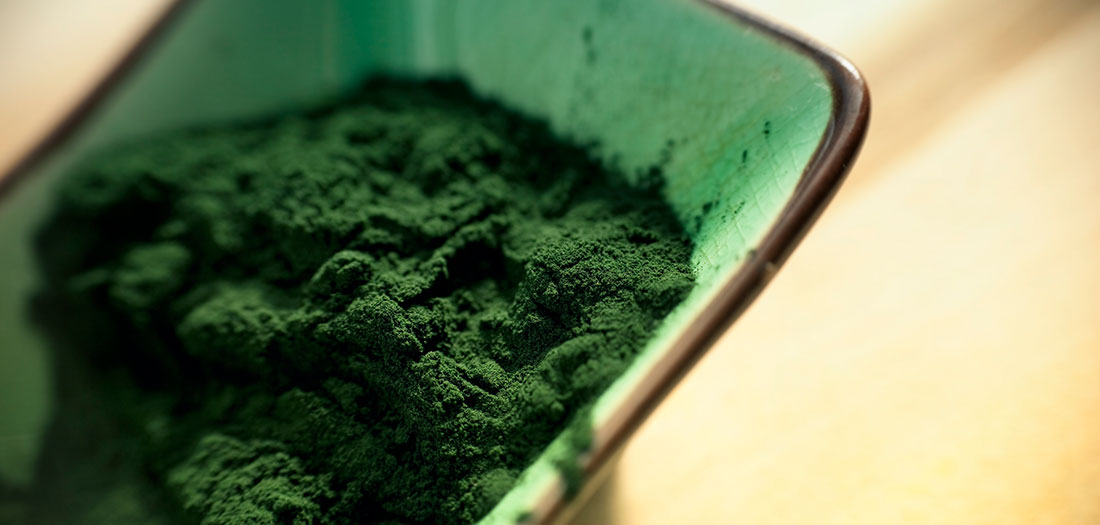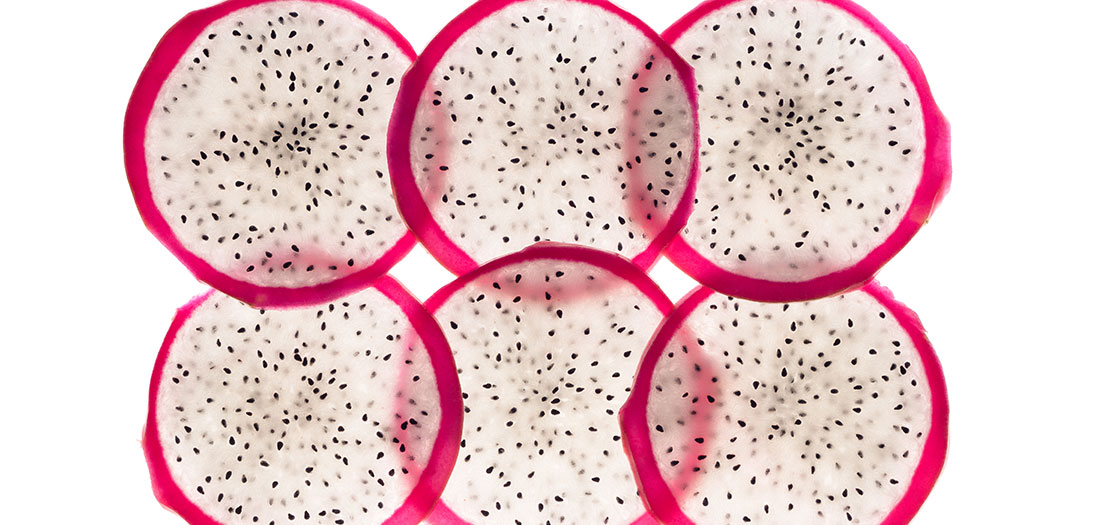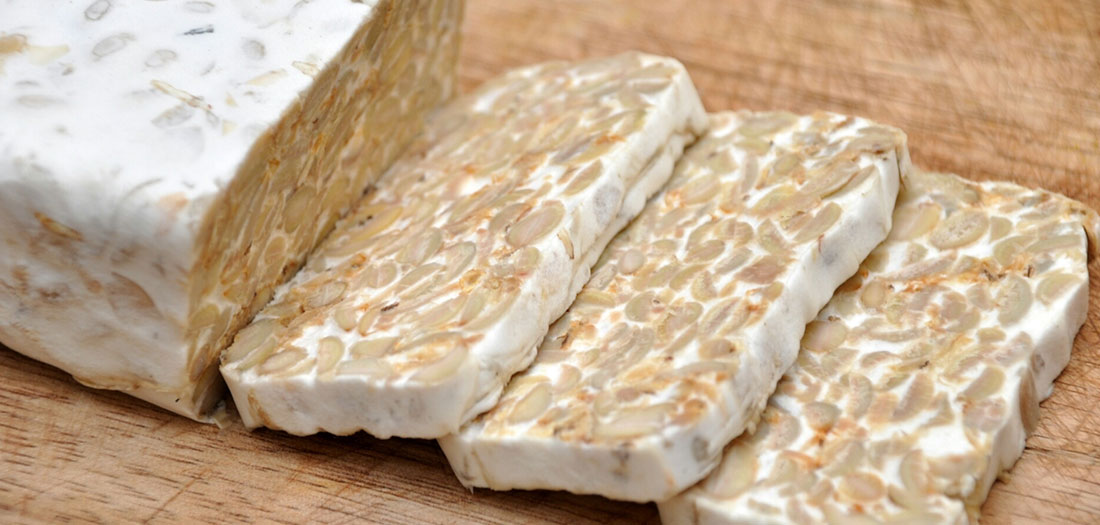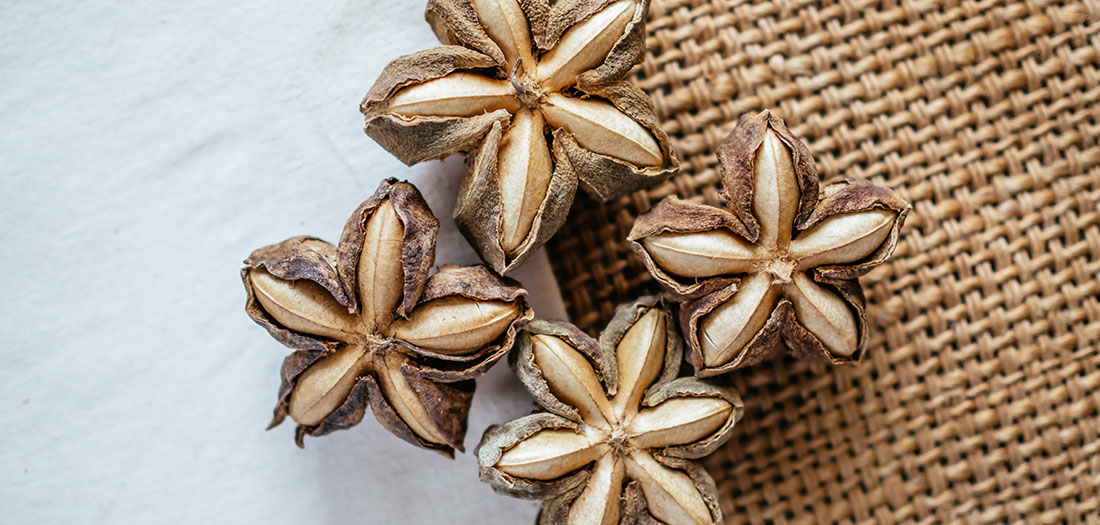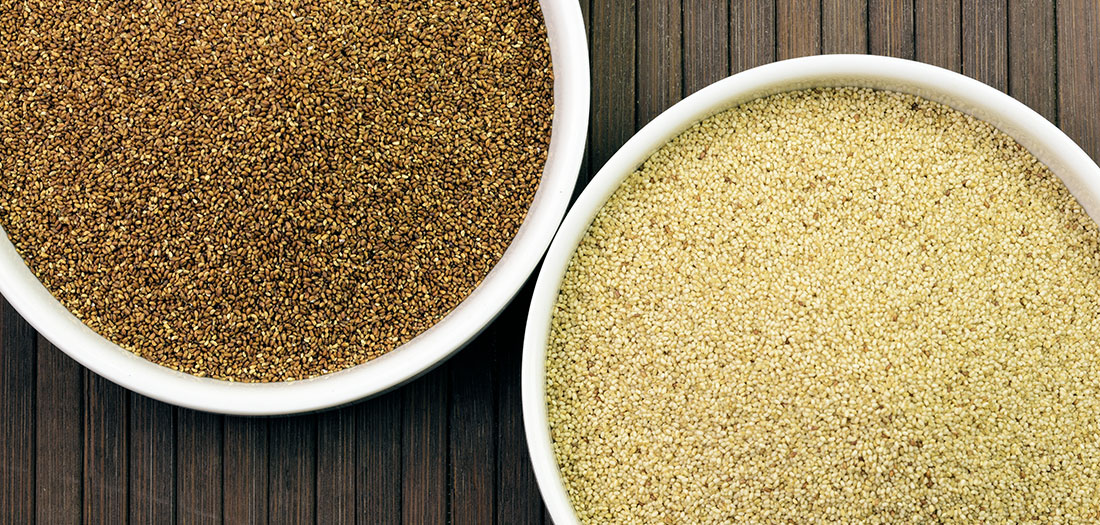Most of us are familiar with the “superfood” regulars—chia seeds, turmeric, beets, dark leafy greens, blueberries—as they are easy to source and regularly found in online recipes, cookbooks and local restaurants. But there’s a whole world of lesser-known foods that should also be on your plate.
The following five foods are gaining in popularity for their uniqueness and health benefits. All possess antioxidant and anti-inflammatory compounds that can help reduce your risk of heart disease, cancer, neurodegenerative diseases, diabetes and weight, and can be found at your local market, health food store or online.
Spirulina
Spirulina is a type of blue-green algae (technically a type of cyanobacteria) that is a concentrated source of protein, vitamins, minerals and antioxidants. Unlike other bacteria, spirulina contains chlorophyll and uses the sun as a source of energy, much like plants. In the United States, spirulina is mostly used as a supplement and added to smoothies (which turns it a cool blue color), while in the other parts of the world, it is widely used to prevent malnutrition.
Spirulina contains 18 different amino acids, all of which are highly digestible, and it doesn’t require cooking to increase the bioavailability of the protein. Some of the interesting micronutrients in spirulina include vitamins B12, K and E, and iodine, calcium, iron, magnesium, selenium, manganese, potassium and zinc. Some of these nutrients act as antioxidants, cofactors for enzymatic reactions in the body, or in detox pathways. Spirulina also contains gamma-linolenic acid, a fatty acid necessary for skin, joint and heart health. This type of fat is a precursor to important biochemicals, which act as chemical mediators for inflammation and immune reactions.
A note of caution about where the spirulina is sourced: If harvested from polluted waters or cultivated incorrectly, it can accumulate toxins from the environment, so choose organic and check the harvest location. Because of the dark color, regular consumption of spirulina can turn stools a dark green color and may increase intestinal gas, neither of which are harmful. Start slowly to see how much your body can tolerate.
RECIPE IDEA: Make a superpower smoothie with coconut milk, grass-fed vanilla whey protein powder, 1 frozen banana, 1 tablespoon chia seeds, ½ avocado, and a scoop of spirulina. Blend and enjoy.
Dragon fruit
This exotic tropical fruit, also known as pitaya, hails from Mexico, South America and Southeast Asia. There are three varieties of dragon fruit, which can either be sweet or sour: red skin/red flesh, red skin/white flesh and yellow skin/white flesh. Some describe the flavor as a cross between a pear and a kiwi.
The tiny black seeds in the flesh are full of both fiber and healthy fats, and the red pigment comes from betacyanins, which can help protect against oxidative damage and reduce inflammation. Some of the health benefits associated with regular consumption of dragon fruit include better digestion (due to the fiber), reduced cholesterol (thanks to the fiber, niacin and vitamin C), improved immune system (antioxidants and vitamin C), and a natural antibacterial and antifungal agent.
RECIPE IDEA: Cut the dragon fruit in half, scoop out the flesh and place in a food processor with 1 tablespoon of chia seeds and blend until smooth. Optional: Add 1 tablespoon of raw honey or pure maple syrup if too sour. Store in the refrigerator and use as jam on your sprouted-grain bread with your favorite nut or seed butter.
Tempeh
Tempeh is a fermented soybean “cake” that originated in Indonesia. The whole soybean is used and the fermentation process produces a high number of probiotics, which are the good bugs that live inside your body. Probiotics are known the help improve digestion, decrease inflammation, improve production of neurotransmitters in the gut and brain, and help with weight control. Consumption of tempeh and other products made from whole soy (edamame, tofu) can also help improve bone density due to the soy isoflavones, calcium, phosphorus and copper. Tempeh can also help treat candida in the gut because it is fermented.
The protein content of tempeh is equivalent to that of animal protein, which makes it a great choice for Meatless Mondays or if you want to be a part-time (or full-time) vegan. A note of caution: There is mixed evidence regarding soy intake and breast cancer. If you have a history of estrogen receptor positive breast cancer, limit your intake to once a week. There is no study that states that soy must be avoided in this case. Of course, you must decide what works best for you.
RECIPE IDEA: Naturally very bland, tempeh will take on the flavor of whatever you use as a marinade. We like to use salsa or a homemade tamari-miso-ginger vinaigrette and pour it over crumbled tempeh. Let it marinate overnight to really soak in the flavor. Heat a large nonstick pan and sauté the tempeh with chopped onions, mushroom, zucchini and baby greens for a nutritious and delicious meal.
Sacha Inchi
Also known as Inca Peanuts, sacha inchi are actually the seeds on the plukenetia volubilis plant. Native to the Amazon rainforest, these seeds (also sold in oil and powdered forms) are high in protein, fiber, omega-3, -6 and -9 fatty acids, potassium, calcium and magnesium. Some of the health benefits associated with sacha inchi include improvements in digestion, blood lipid profile, and mood and cognition, and reduction in inflammation. Seeds are sold roasted and can be found in specialty health food stores and online.
RECIPE IDEA: For a great anytime snack, mix ½ teaspoon each of cinnamon, smoked paprika and pink Himalayan sea salt. Add ½ teaspoon raw honey and 1 teaspoon virgin coconut oil. Stir to combine and stir in ¼ cup sacha inchi seeds. Place seasoned seeds in a small pan over low heat on the stove. Cook 4-5 minutes, shaking pan often to prevent seeds from burning.
Teff
These tiny gluten-free, grain-like seeds grown primarily in Ethiopia are used traditionally to make injera, a sourdough-risen flatbread. With a nutty, earthy flavor and grainy texture, teff can be used as a hot porridge (sweet or savory), baked into a quick bread, or used in place of cornmeal for a polenta-type dish. Teff’s high iron content helps the body to make hemoglobin, a protein found in red blood cells that increases oxygenation to cells and improves circulation. High levels of calcium, manganese, and phosphorus can help reduce bone loss that naturally occurs with ageing. Digestion improves with regular teff consumption due to its fiber content, with reduced gas, bloating and cramping normally associated with gastrointestinal disorders and increased transit time (the time it takes food to pass through the intestines). This vitamin B6-rich seed can also improve heart health, as B6 helps regulate homocysteine, which is linked to inflammation and the development of heart disease. Teff is also naturally gluten-free, which makes it a good choice for those with celiac disease.
RECIPE IDEA: Supercharge your breakfast with teff pancakes. Combine 1 cup teff flour, ½ tablespoon baking powder, ½ teaspoon arrowroot and a pinch of sea salt. Add 1 tablespoon virgin coconut oil, 1 cup unsweetened almond milk, 1 egg, ½ teaspoon cinnamon, and 1 teaspoon pure vanilla extract. Mix to combine. Heat a large non-stick skillet over medium-high heat and add coconut oil to coat the pan. Use a large spoon (about 2 tablespoon) to drop batter onto the hot pan. Cook 2-3 minutes per side. Serve with homemade maple yogurt for a high-protein, sweet topping (mix together ½ cup plain Icelandic yogurt with ½ teaspoon cinnamon and 1 tablespoon pure maple syrup).
Looking to expand your nutrition knowledge and learn how to translate that information into actionable lifestyle changes for clients and patients? Learn more with ACE’s Fitness Nutrition Specialist program.


